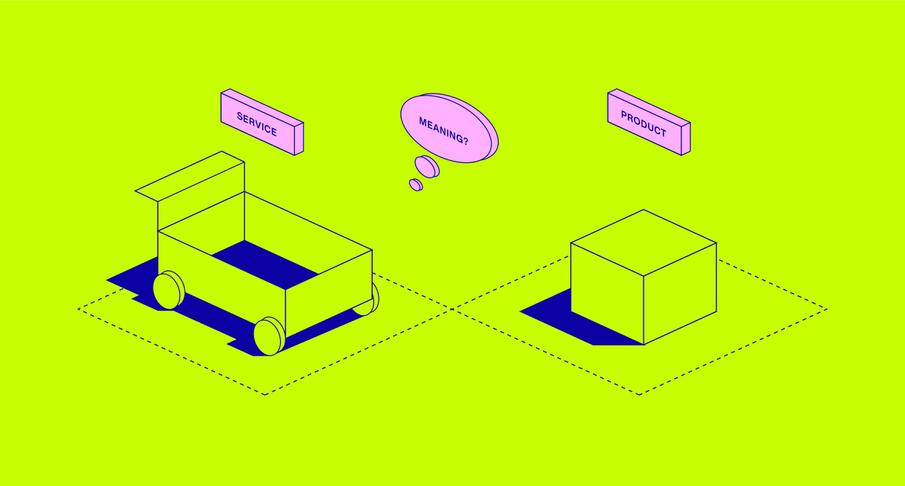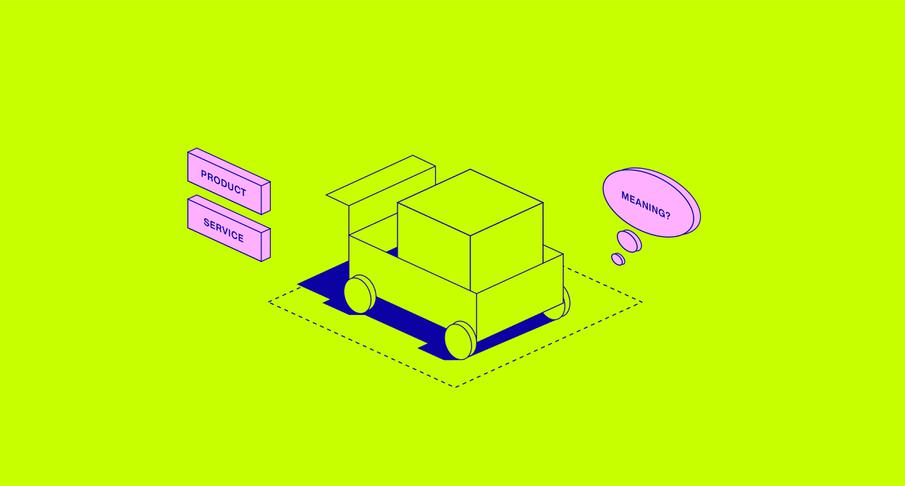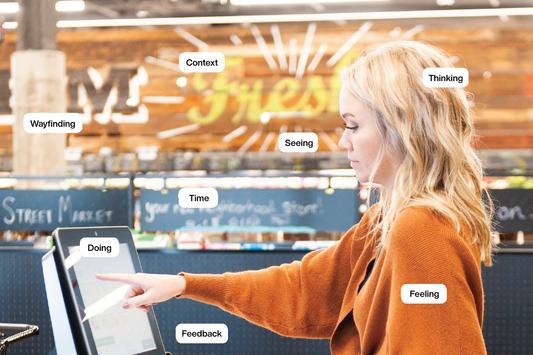
Peopledesign
The Built Environment
Furniture
Lighting
Textiles/Upholstery
Flooring/Carpet
Building Materials
AE Firms
What is a Product?
What is a Product?
How value perceived and delivered to customers.
What is a product? Wikipedia defines a product is “an object or system made available for consumer use.” An object – or a system. These are pretty different things. When thinking about products, leaders first might consider the state of their organizational history.

The definition goes on to say a product is “anything that can be offered to a market to satisfy the desire or need of a customer.” When it comes to what people desire or need, they rarely think about products or services per se. Increasingly, the very idea of products and services is becoming blurred.
Many organizations view products and services as opposites. From development and staffing to fulfillment and payment, they look pretty different to a company internally. To customers, however, the line is more blurry.
Free services sometimes come with products (warranties), and free products sometimes come with services (mobile phones). Innovative product companies are starting to behave like service companies (SaaS), and innovative service companies sometimes act like product companies (packages/subscriptions).
Emerging technology creates new opportunities, so that’s part of the answer. The more significant reason is that both products and services are working to close the customer experience gap.

Customers don’t care how you get paid. They want results. As the user research adage goes, most people who buy drills don’t want to own one; they want a hole. An efficient hole-drilling service could disrupt the drill market. Customers today have more choices. They want things to work, resulting in today’s service economy. It’s no wonder service design is trending.
For the past few hundred years, in an industrial economy, products were mostly physical things. Services were ancillary (like labor) or specialized (like doctors and lawyers). In the service economy, a product is a way to encapsulate and realize a value proposition. Service experiences are how value is delivered.

Leaders are wise to consider how value is perceived and delivered to customers. If products are nodes in a system, services are connective tissue. Customers buy systemic results, not nodes. Ultimately, products, like brands, are about perception. What am I buying? Understanding how value flows between people and products can result in a new innovation agenda.


